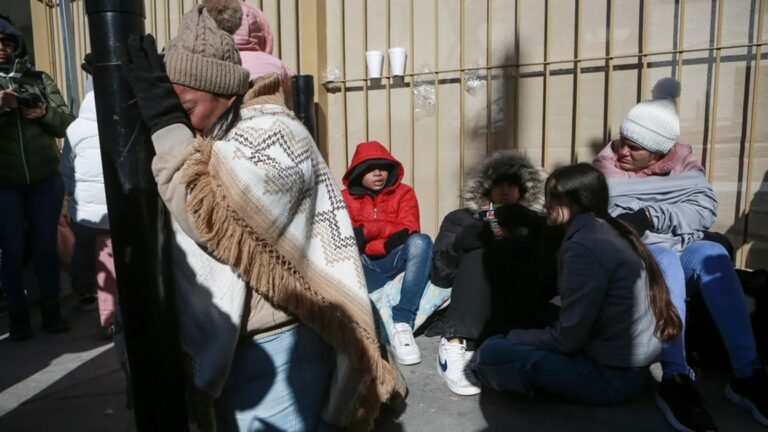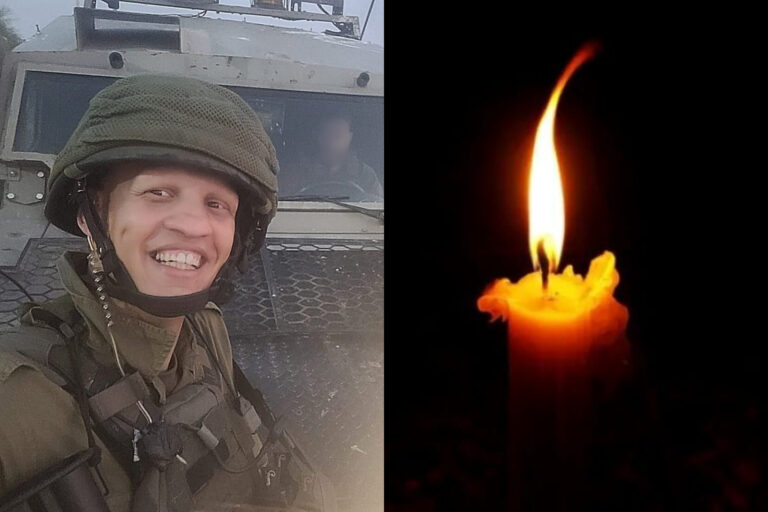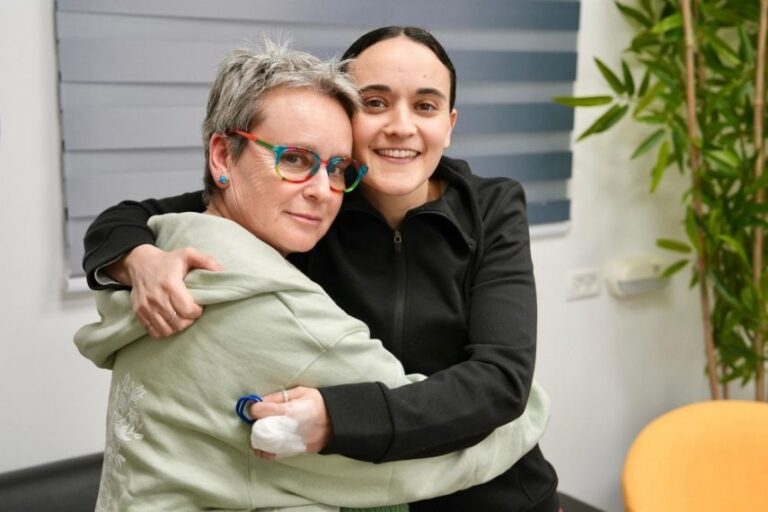This week’s Sedra begins a new Sefer in Chumash. Rather than opening with something momentous, the Torah starts Sefer Devarim with details. It reports where Klal-Yisroel was when Moshe Rabeinu told them the rest of Sefer Devarim. While this is on its own somewhat strange, it is even more fascinating that the Torah doesn’t give a name for the place at which Klal-Yisroel was at that time. It lists only its distances from other places. The phrasing of the Passuk is so unusual that Rashi explains it as entirely metaphorical (see Rashi).
Even after Rashi’s beautiful explanation, the passuk remains puzzling. Why does the Torah talk in such a figurative way? Why doesn’t the Torah simply say what it means?
In last week’s Sedra we read the travels of Klal-Yisroel. The total sum of travels listed is 42 corresponding to the 42 letters of Shem Hashem. Chazal explain that we learn from the number that Hashem was with us the entire time; every stop was a vital part of Hashem’s Plan.
From last week’s Parsha we see that all details are vital. Details group together to form the larger picture. If any single detail is missing then there isn’t the complete picture. If Klal-Yisroel would have only made 41 travels then we wouldn’t see the same Divine Presence in them.
It is precisely because details are extremely important that the Torah feels in necessary to tell precisely where in the middle of nowhere they were. Rashi therefore felt it necessary to expound upon these details and explain to us what we can learn from them.
In the Kinos we recite on Tisha b’Av we pray that Tisha b’Av will be transformed from a day of fasting and mourning to a festive day. We ask that all the sad fasts should become Yomim-Tovim. While we hope that in the near future we will know no more pain, how can we daven that the horrors of the past should be transformed into the Smachos of the future?
We find ourselves towards the end of a very long, painful, and difficult Golus (exile). There are so many details of how we constantly suffered. We cannot understand why we suffered so much – it is inexplicable. We pray that soon the day will come that we too will be able to look back and somehow see the Shem Hashem in our suffering; that the day will come when we will be able to understand how the atrocities of the past somehow turned into good.
A very warm Good Shabbos, Rabbi Y. Dov Krakowski











One Response
Can I make havdallah tomorrow morning on the aish if I can’t make it tonight